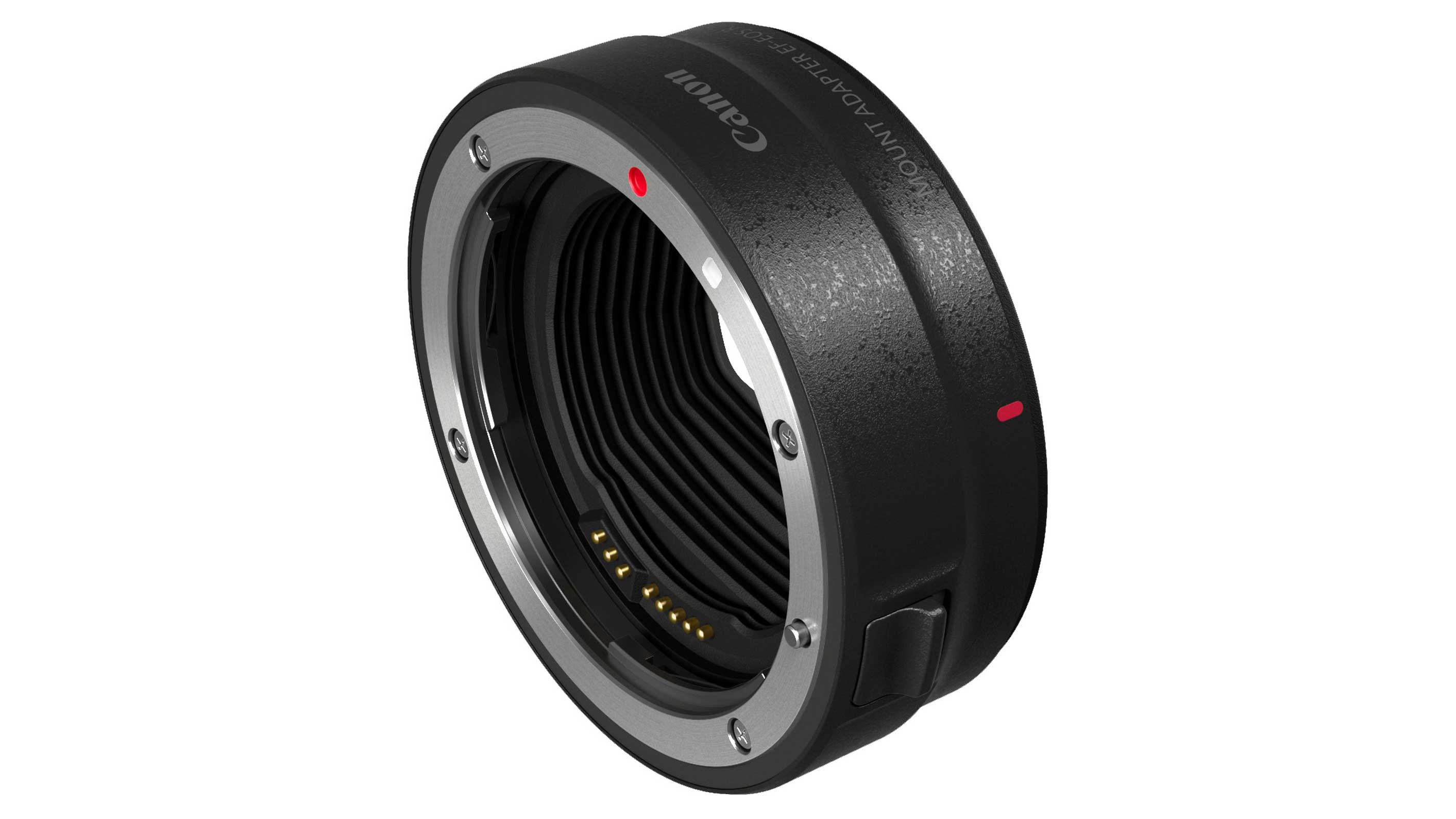Don’t sell your Canon EF-S lenses! You’re going to need them for the R10 and R7…
We like what Canon has done with the EOS R10 and R7, but launching just two native RF-S lenses looks like a massive fail

Canon has launched two great-looking APS-C mirrorless cameras that use the same lens mount as the full frame EOS R models – but only two RF-S lenses to match the smaller sensor, and even these overlap. What are you supposed to do when you need other lenses?
The Canon EOS R10 looks like a great if expensive option for ambitious photography and video novices, while the EOS R7 is a real APS-C enthusiasts camera, combining resolution and speed in a way that’s going to appeal for all-round photography and video use, and sports and wildlife in particular.
But there are just two native lenses right now, and both of these are just variations on a kit zoom. This means that if you want to expand your system with extra lenses, you’ll need to use big and heavy full frame RF lenses, or get an adapter to use old EF-S DSLR lenses.
So if you are thinking of swapping your EOS DSLR for a new R10 or R7, DON’T GET RID OF YOUR OLD EF/EF-S LENSES.
• See also: Canon EOS R10 vs EOS RP

Canon EOS R10 and R7: what’s the problem?
The EOS R10 and R7 are APS-C cameras, so while Canon’s full frame EOS RF lenses will fit, their focal lengths are going to be effectively 1.6x longer, thanks to the smaller sensor’s crop factor. This is OK for telephotos, portrait and macro lenses, where the longer focal length is rarely an issue and may often be an advantage. But it’s no good at all for standard zooms, ultra-wide zoom lenses and average-wide prime lenses.
So what camera makers do is make lenses specifically for the smaller sensor. That’s what Canon did for years with its APS-C D-SLRs, with EF-S lenses that were cheaper and lighter than their full frame equivalents and designed specifically for the smaller format.
Get the Digital Camera World Newsletter
The best camera deals, reviews, product advice, and unmissable photography news, direct to your inbox!
But this time it looks like Canon has left users of its new cameras high and dry – at least for the time being. It has launched just two lenses specifically for the EOS R10 and EOS R7, and even these overlap – the longer RF-S 18-150mm zoom is simply a longer-range alternative to the smaller and cheaper RF-S 18-45mm kit zoom, and neither is exactly a premium lens.
So if you are thinking of swapping your EOS DSLR for a new R10 or R7, DON’T GET RID OF YOUR OLD EF-S LENSES.
Where are the telephotos? Where are the primes? Where are the ultra-wide lenses? Right now there aren’t any, and Canon hasn’t disclosed its plans for making any, either.
So right now, EOS R10 and R7 buyers who want to expand their systems will have to use big and heavy full frame RF lenses for some needs, or old EF-S lenses and Canon’s EF-EOS R adaptor for shorter focal lengths.
With the more entry-level EOS R10 you might imagine Canon thinking users will only ever want a kit lens, but the R7 is a much more powerful system camera – so where’s the system?

Rod is an independent photography journalist and editor, and a long-standing Digital Camera World contributor, having previously worked as DCW's Group Reviews editor. Before that he has been technique editor on N-Photo, Head of Testing for the photography division and Camera Channel editor on TechRadar, as well as contributing to many other publications. He has been writing about photography technique, photo editing and digital cameras since they first appeared, and before that began his career writing about film photography. He has used and reviewed practically every interchangeable lens camera launched in the past 20 years, from entry-level DSLRs to medium format cameras, together with lenses, tripods, gimbals, light meters, camera bags and more. Rod has his own camera gear blog at fotovolo.com but also writes about photo-editing applications and techniques at lifeafterphotoshop.com
